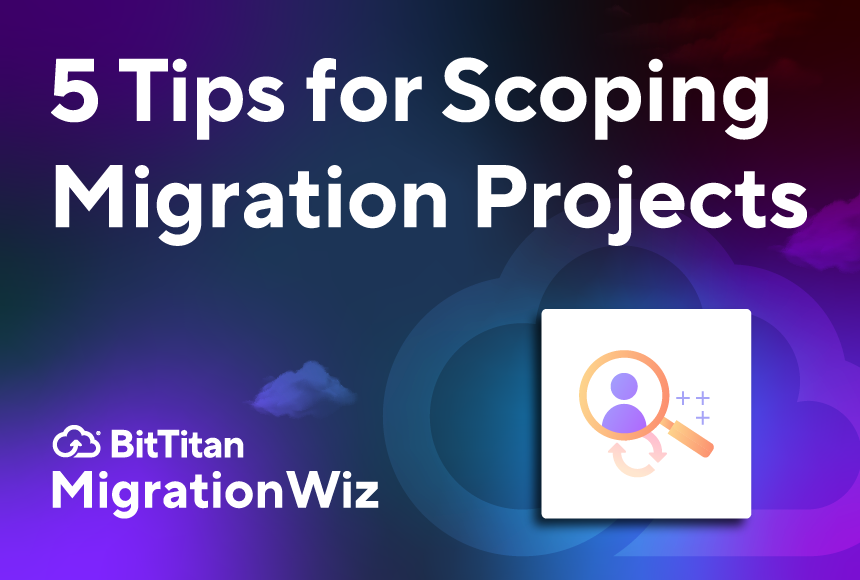If you’re a Managed Service Provider who migrates for a living, or Internal IT who has to hop in on migration projects, you know the importance of a well-defined scope of work. Your customer or supervisor wants to know exactly what to expect — no mysteries or assumptions. Your team is at their best when they’re working from a clear blueprint that defines what will be migrated, when, and how. And, of course, the long-term health of your migration business depends on precise pricing. The work you put in writing an SOW pays off in a smooth project that reinforces confidence going into a migration.
Here are five tips to help you create a comprehensive SOW for a MigrationWiz project:
Document What’s to be Migrated
The first step is to make sure you and your customer or company are on the same page. List all the data they need moved, and be specific. If someone says mailboxes, ask if that also means shared and archive mailboxes. Will the project include OneDrive, Google Drive, or SharePoint sites? MigrationWiz can handle it all. A detailed checklist eliminates confusion and gives you a clear basis for tracking success. Consider also identifying items that won’t be migrated, like local PST files, contacts not synced to the cloud, or third-party plug-ins.
Assess the Source Environment
You’ve got to know what you’re dealing with. Before finalizing the SOW, conduct pre-migration discovery on the source. MigrationWiz HealthCheck is a tool for Microsoft 365 that you can use to inventory mailbox sizes, item counts, and user roles. Your customer or company probably has a general idea of the state of their environment, but you need to know specifics if you want to quote the project accurately and eliminate surprises.
Specify Assumptions and Customer Responsibilities
Your SOW shouldn’t just describe what you’ll do—it should also make clear what your customer is expected to handle. This allows them to be prepared when you need them to provide admin credentials, review user lists, or communicate with employees. If end-user testing or Outlook profile reconfiguration is out of scope, state that plainly.
Define Timing and Milestones
Lay out the timeline in your SOW by phase: Discovery, planning, pilot migration, batch migrations, and cutover. Include expected start and end dates, as well as windows for testing and validation. Give yourself flexibility by identifying the variables that could delay progress, such as bandwidth limitations or required DNS updates.
Account for Add-ons and Contingencies
Your customer might not know what they need until they need it. Your SOW should offer optional services like post-migration support or remediation as separate line items or change orders. It’s also good practice to include a clause for handling unexpected findings—like unlisted mailboxes or systems not disclosed in the initial review. This transparency protects you from absorbing out-of-scope work and keeps projects profitable.
A solid scope of work guides your migration, keeps everyone aligned, and reinforces trust with your customer or team. MSPs that follow these tips build a reputation for consistent, successful MigrationWiz projects. For more information on how BitTitan supports MSPs, contact your account team.


